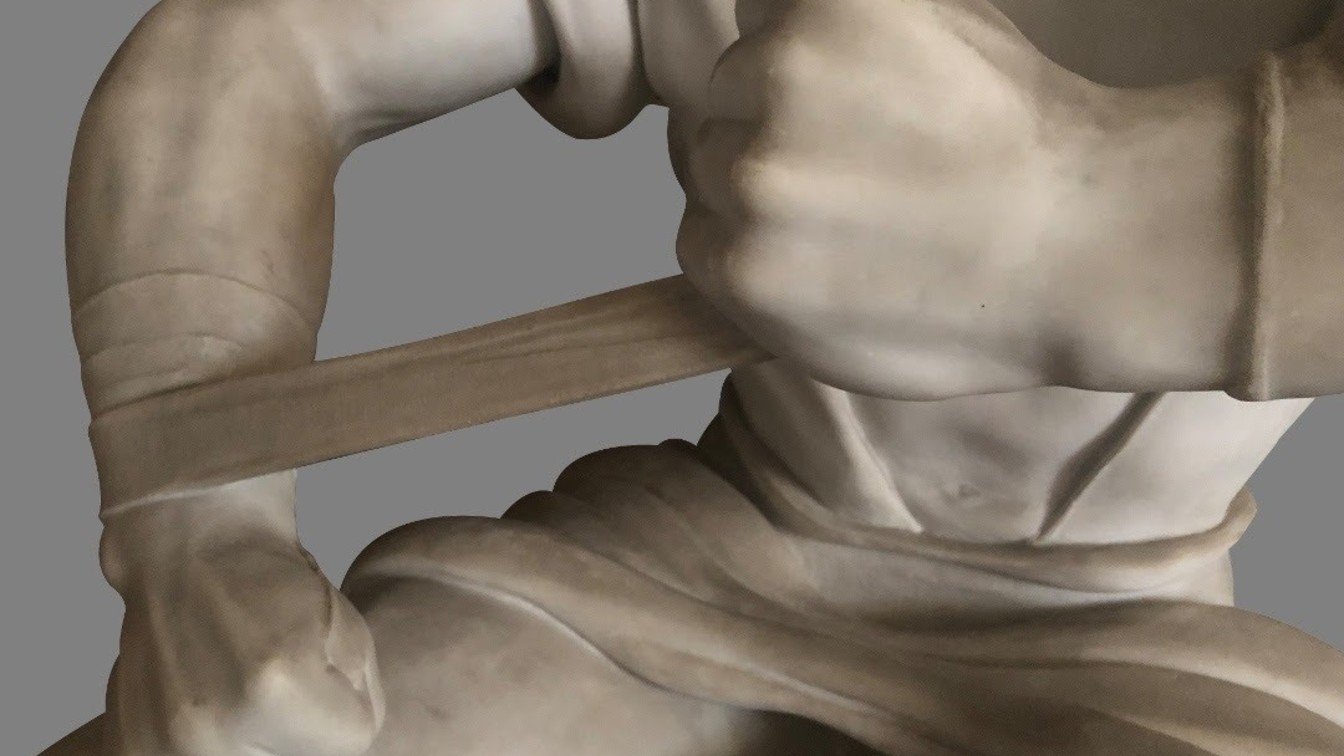

More than 80 years protected in the museum-house in Vado Ligure. Only one exhibition: the Rome Quadrenniale in 1939. From March 31, Arturo Martini's ‘Legionario ferito’ (Wounded Legionnaire) will no longer be an ‘unknown soldier’ but instead will be on display at the Bailo Museum in Treviso.
It will be shown until July 30 as part of the exhibition ‘Arturo Martini. I capolavori’ (Arturo Martini: masterpieces). The work was created by the local sculptor in 1936-37 (in plaster), at the latest by 1938 in marble and, as commented by one of the curators, Fabrizio Malachin, “fits into that climate of enthusiasm following the war of Ethiopia, when the newfound peace also bore the expectations of new public commissions.
The style is still rhetorical, with the legionary depicted sitting down, legs apart and arms raised, as he bandages his wrist: a powerful gesture of both anger and impotence reproduced in this sculptural dimension and with the detail of the bandage pulled taut in space that recalls the wire used by Antonio Canova in Daedalus and Icarus.”
The same artist also created Palinuro - a marble statue dedicated to the partisan Primo Visentin, known as ‘Masaccio’, who died in Loria on April 29, 1945 - which is found in the Palazzo del Bo in Padua.
Whilst the Legionnaire, the curators explain, “expresses in that look of relief the aspiration towards a better future, the same concept is heightened in the Palinuro, where there is no rhetoric, but the concept prevails: the celebratory monument must not be focused on the apotheosis of the character to be commemorated, but instead must highlight a concept that was connected to him. And here, we are within the ambit of achieving Liberation thanks to the actions of numerous heroes.
It is indeed the first monument to the partisan struggle in Italy, to the Liberation from Nazi-fascism that Visentin did not see, given that he was assassinated a few days before the final liberation, while he was ordering the surrender of a group of fleeing Germans.”